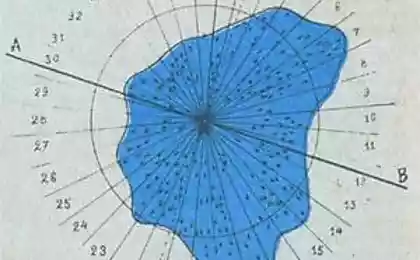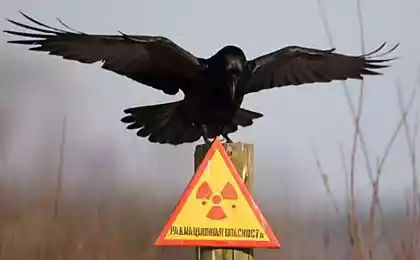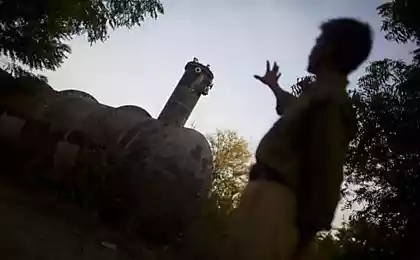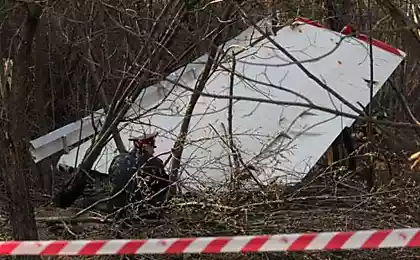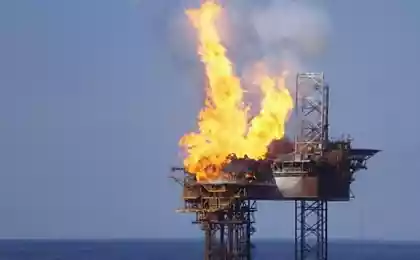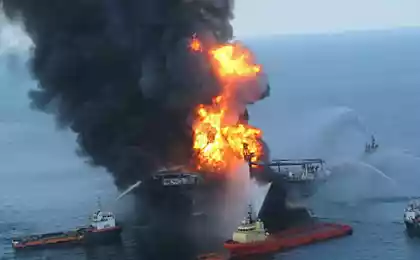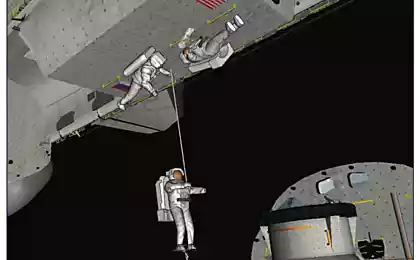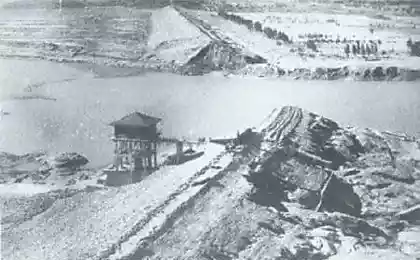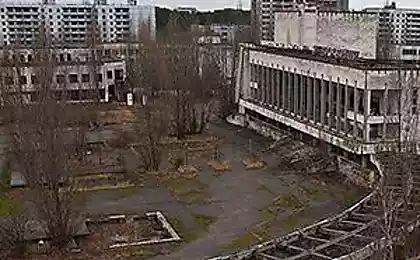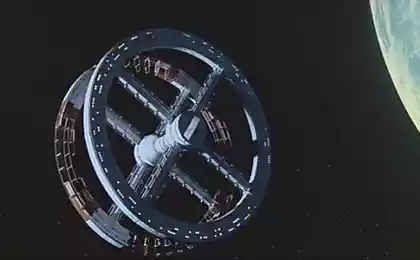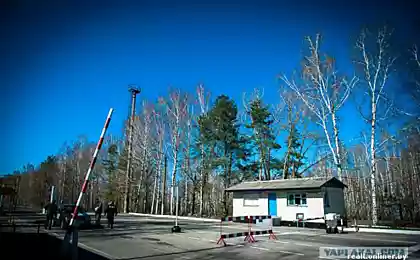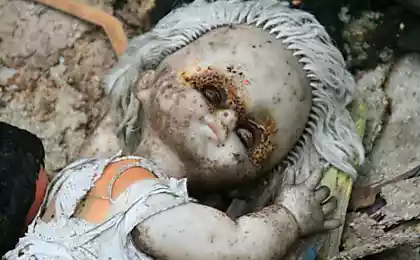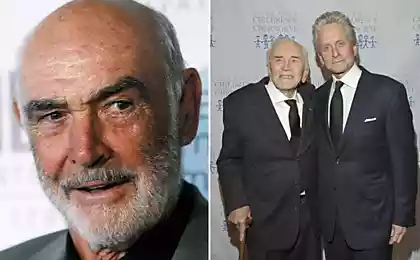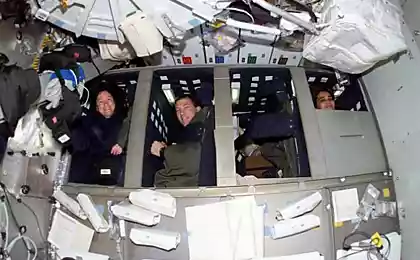1148
The most famous cosmic catastrophes
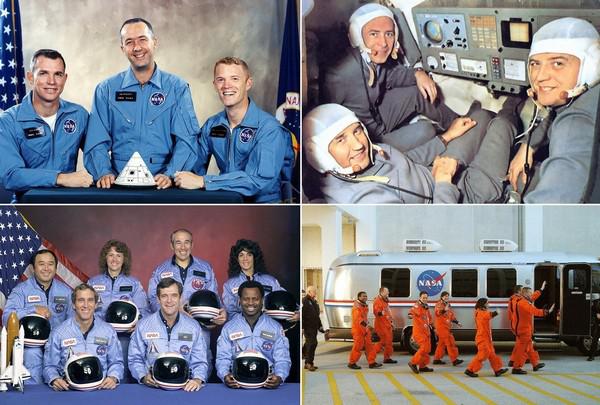
January 28, 1986 the world was shocked accident shuttle "Challenger", which killed seven American astronauts. It was a very resonant, but not the only cosmic catastrophe. Unfortunately, there is still space program - occupation is very dangerous. Today we tell about the seven most famous tragic cases involving the history of space exploration that led to the death of people.
The disaster at Baikonur (1960)
One of the world's first disaster in the framework of the space program. It is still the largest in history. It happened a tragic event October 24th, 1960 at Baikonur cosmodrome. On this day when a top-secret facility in person to watch the start of the R-16 came many guests of the highest rank, including Marshal Mitrofan Nedelin.
Already in the preparation of the rocket for launch have discovered a huge number of problems, including significant and fairly. However, at a meeting of designers Marshal Nedelin personally insisted to start not to transfer, and therefore it was decided to carry out repairs on the fueled rocket. Thirty minutes before the start of the facility occurred unauthorized launch of the second motor, which resulted in the explosion and death of 74 (official data) persons, including, and most Nedelina.
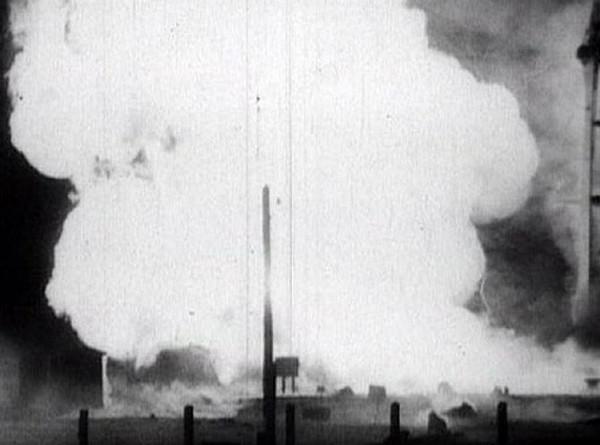
On the same day, but in 1963 at Baikonur it happened another disaster deaths (killed 8 people). Since no space launches on October 24 in our country are not carried out, and in itself this day commemorate all the people who gave their lives for the development of the cosmos.
The death of Valentin Bondarenko
And the first dead cosmonaut Valentin Bondarenko began. Most offensive of all, that he did not die during the flight, and during tests on the ground. March 23, 1961, less than a month before Gagarin's flight, Bondarenko was in surdobarokamere and carelessly tossed aside fleece, which wiped the sweat. She got on a hot electric coil, which led to an immediate fire of pure oxygen inside the chamber.
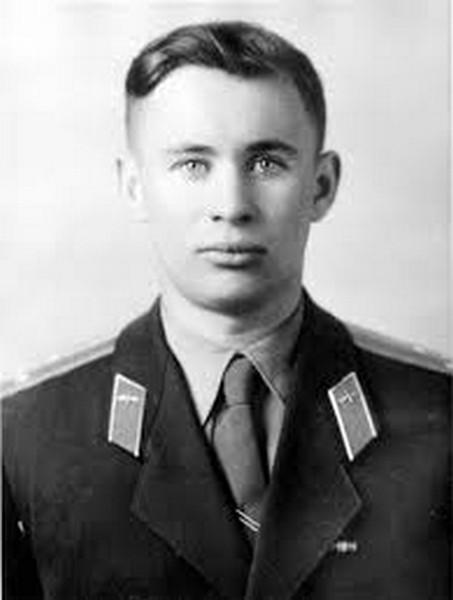
Apollo 1
The first space explorers, died immediately in the spacecraft were three American astronauts, program participants Apollo 1: Virgil Grissom, Edward White and Roger Chaffee. They died January 27, 1967 inside the rocket during its testing ground. Short meant immediate ignition of oxygen (a similar problem as in the destruction Bondarenko) and the instantaneous death of the astronauts.
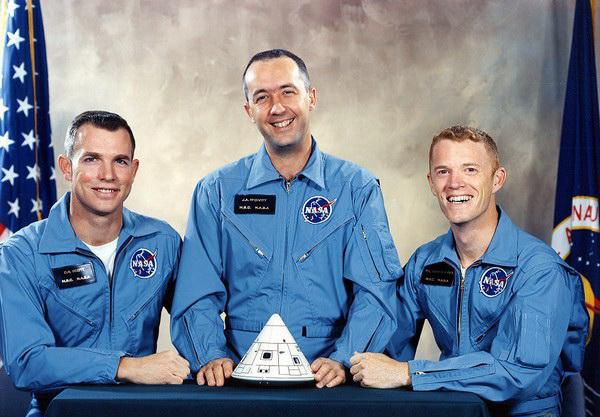
Soyuz-1
And just three months on 24 April 1967, the spacecraft was lost and Soviet cosmonaut - Vladimir Komarov. But, unlike their American counterparts, he was able to fly into space, and died while returning to Earth.
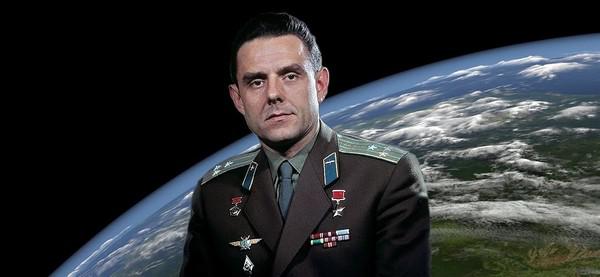
However, problems have arisen with the device immediately after it goes into orbit - not open one of the solar panels, which should provide it with energy. So the leaders of the flight, it was decided to terminate the mission. However, after the entry of the ship into the atmosphere of the earth had not opened any main or reserve parachute. Soyuz-1 at high speed hit the surface, and then also caught fire.
Soyuz-11
It began flying the Soviet spacecraft Soyuz-11 much more successfully than the Soyuz-1. In orbit team of Georgy Dobrovolsky, Vladislav Volkov and Viktor Patsaeva he fulfilled most of its tasks, including, and became the first crew of the space station Salyut 1.
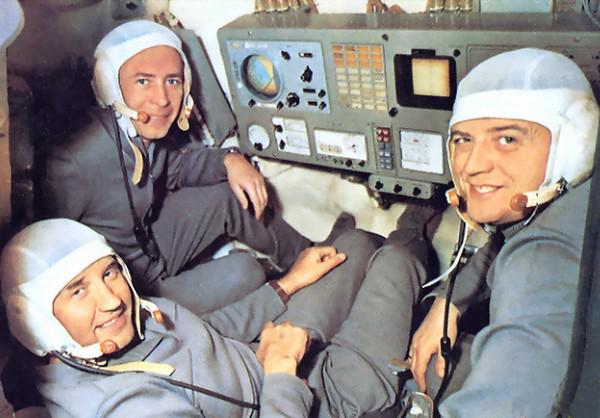
From negative we can mention only a small fire, which is why the decision was made, and return to Earth a little earlier than planned. But during landing lander depressurized, and the three astronauts were killed. Accident investigation revealed that members of the team to find the problem and tried to fix it, but did not have time - died of decompression.
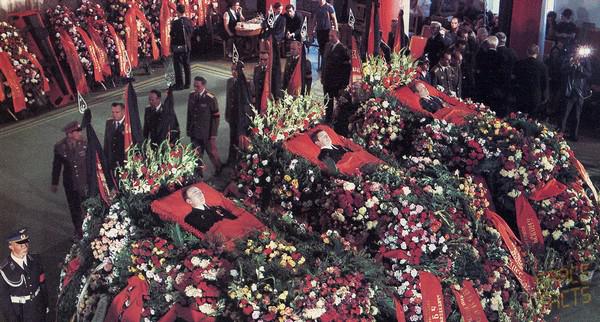
Accident shuttle "Challenger»
The accident, which took place January 28, 1986, became the most resounding catastrophe in the history of space exploration. The fact that it happened in a live television broadcast, monitored by tens of millions of viewers in the United States.

Space Shuttle "Challenger" exploded 73 seconds into flight due to a damaged O-ring of the right solid rocket booster. This has led to the destruction of the spacecraft, and then exposure. All seven astronauts aboard were killed: Scooby Dick, Michael Smith, Ronald McNeill, Ellison Onizuka, Judith Resnik, Gregory Jarvie and Christa McAuliffe.
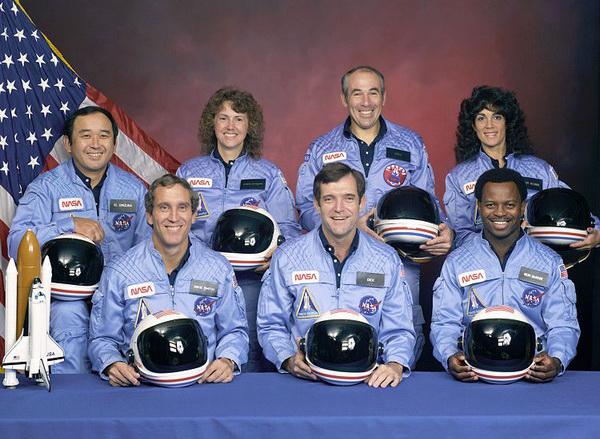
Accident shuttle "Columbia»
The disaster "Challenger" made NASA scientists and engineers to improve the space shuttle, to make them as safe as possible. But all these efforts were thwarted February 1, 2003 at the time of the accident, "Colombia».
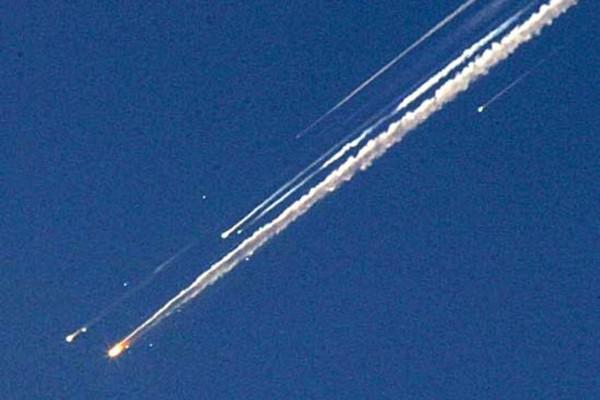
The cause of this tragic event was the destruction of the heat-shielding layer of the shuttle, which is ultra-high speeds during landing led to the breakup of the spacecraft, its combustion and the death of all seven crew members: Rick Husband, William McCool, Michael Anderson, Laurel Clark, David Brown, Kalpana Chawla and Ilan Ramon. In 2011, the Space Shuttle program was closed.
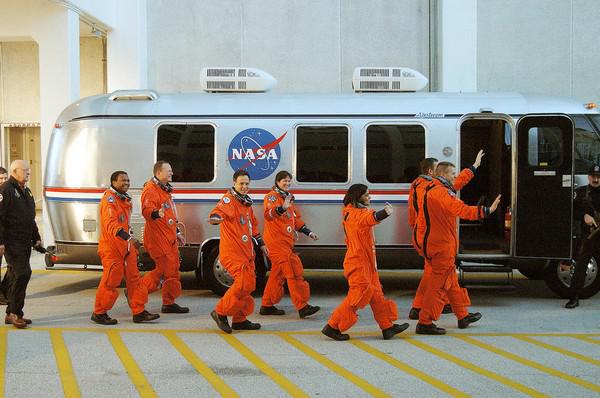
©
